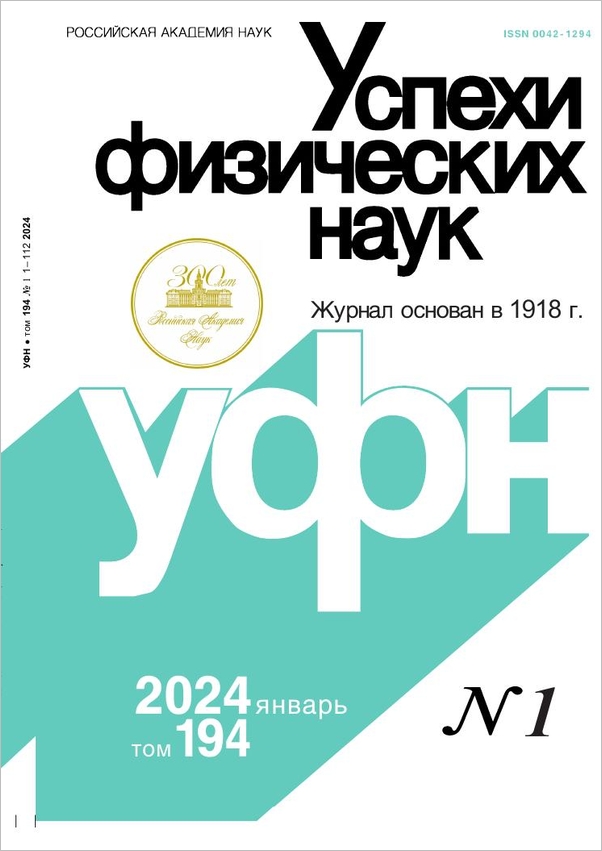|
This article is cited in 14 scientific papers (total in 14 papers)
TO THE 100TH ANNIVERSARY OF THE BIRTH OF NIELS BOR
Niels Bohr and the physics of the atomic nucleus
S. T. Belyaeva, V. G. Zelevinskiib
a I. V. Kurchatov Institute of Atomic Energy
b Institute of Nuclear Physics, Siberian Branch of the Academy of Sciences of USSR, Novosibirsk
Abstract:
The development of three directions in nuclear physics, originating from three ideas of Niels Bohr, is analyzed: 1) the compound nucleus: is the compound state entirely chemical? what does the energy distribution of neutron resonances imply? “dynamic intensification” of weak effects; the role of fluctuations and the description of the kinetics; and, pre-equilibrium processes; 2) collective motions: how the collective and single-particle degrees of freedom coexist with one another; parallel formation of the shell model and the theory of collective oscillations; the generalized model; the problem of the moment of inertia; pair correlations and “superfluidity” in the nucleus; giant resonances; and theory of finite Fermi systems; and, 3) the fission process: fission in the liquid drop model and in the generalized model; shell corrections; double-hump fission barriers; fission isomers; nonconservation of parity in fission; and, “exotic” asymmetric fission. The emphasis is on the elucidation of the development of physical ideas, so that computational details are omitted.
Citation:
S. T. Belyaev, V. G. Zelevinskii, “Niels Bohr and the physics of the atomic nucleus”, UFN, 147:2 (1985), 210–251; Phys. Usp., 28:10 (1985), 854–878
Linking options:
https://www.mathnet.ru/eng/ufn8378 https://www.mathnet.ru/eng/ufn/v147/i2/p210
|


| Statistics & downloads: |
| Abstract page: | 69 | | Full-text PDF : | 23 |
|





 Contact us:
Contact us: Terms of Use
Terms of Use
 Registration to the website
Registration to the website Logotypes
Logotypes








 Citation in format
Citation in format 
